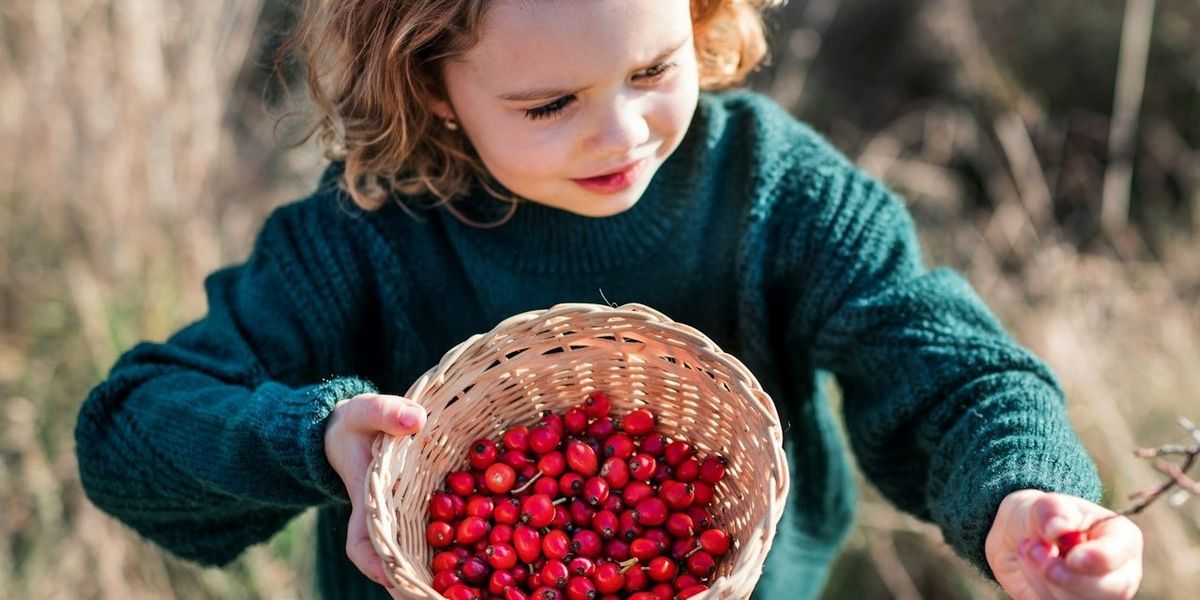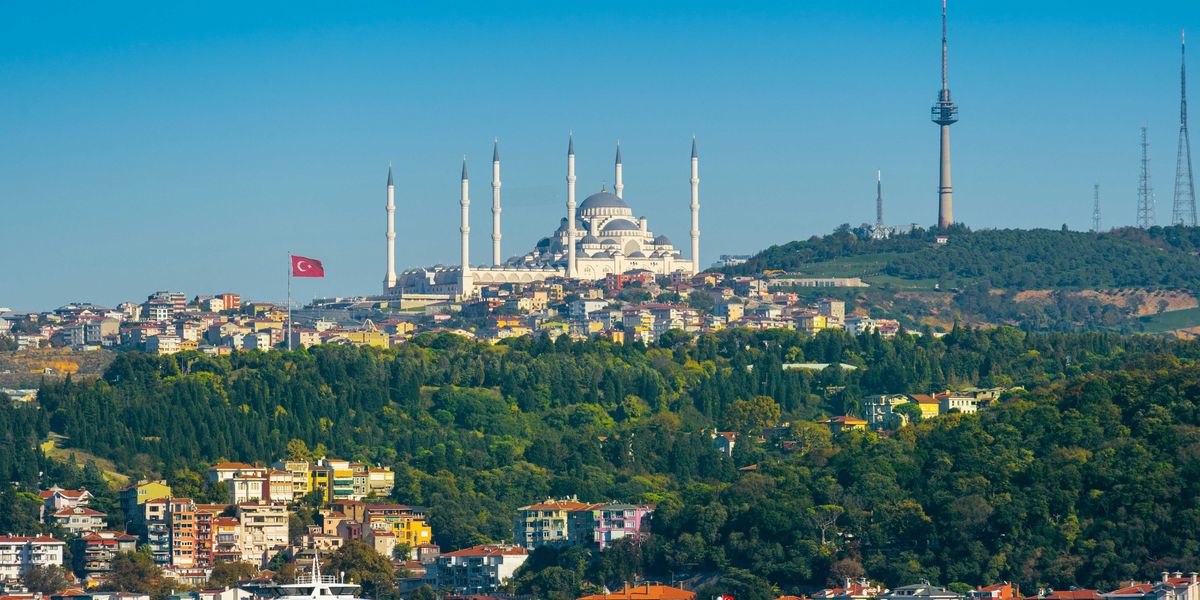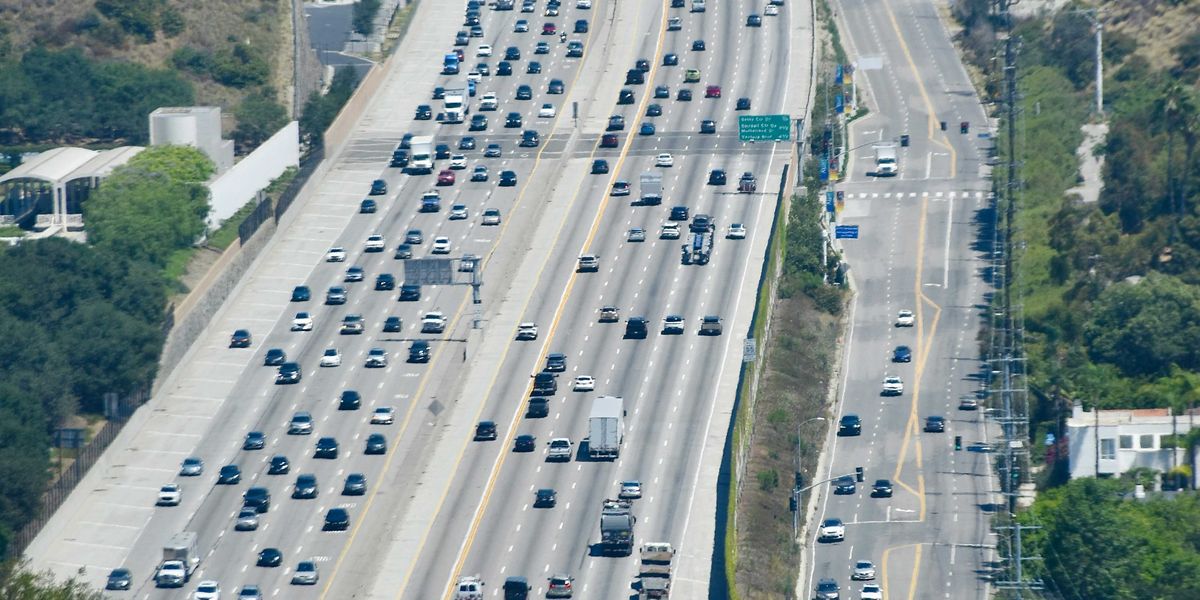
Urban food forests bring fresh food and nature into city life
Small plots in cities are being transformed into layered food forests, giving residents a chance to harvest fruits and nuts while supporting local ecosystems.
Allyson Chiu reports for The Washington Post.
In short:
- Food forests combine edible trees, shrubs, and plants in multilayered arrangements that mimic natural ecosystems, supporting pollinators and improving soil health.
- Thoughtful design — including wide paths, sight lines, and seating — ensures these spaces are accessible, safe, and enjoyable for visitors of all ages.
- Beyond nutrition, these urban forests provide habitat for birds, bees, butterflies, and other wildlife, turning underused city lots into mini ecosystems.
Key quote:
“You’re targeting different crops and trying to balance ecosystem restoration and food production, which I think we can do in the same piece of ground.”
— Lincoln Smith, founder of Forested
Why this matters:
The benefits of urban food forests extend far beyond the human eye. These innovative green spaces can improve public health by providing free, fresh produce and encouraging outdoor activity, while also mitigating urban heat and supporting biodiversity. In cities that often feel disconnected from nature, urban food forests offer a taste of both nourishment and resilience, proving that even amid urban sprawl, heat, and noise, communities can cultivate both health and habitat.
Read more:













